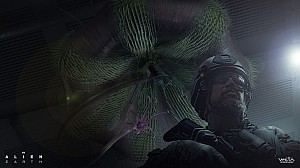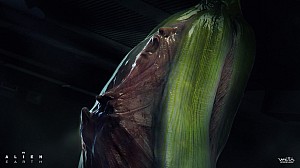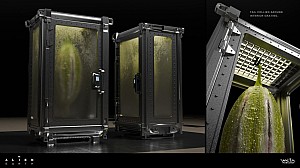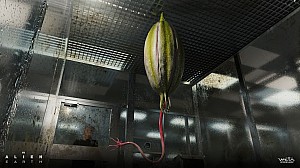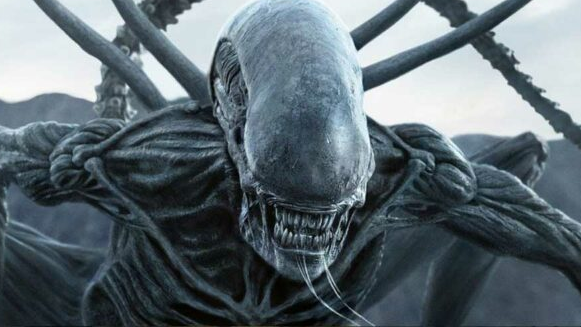Does Prometheus undermine the Alien films?
Prometheus Forum Topic
Baron Xenomorph
MemberOvomorphJun 10, 2012934 Views6 RepliesThere's been a lot of interest on this forum about how the events of “Prometheus” fit into the [i]plot[/i] of the “Alien” films. But I'd like to step back a little and think about how “Prometheus” [i]as a film[/i] affects the other movies.
All four “Alien” movies focus on the character of Ripley as she encounters the xenomorphs, first one and then a whole society, ultimately leading to a sacrificial suicide and an unwilling rebirth. Through all the films, her ultimate goal is to keep these things off Earth. It's a goal we understand because we instinctively realize that these things would very quickly overrun the planet and kill everyone. The tone of all four movies is overwhelmingly dark and tragic. There's also a very personal core journey for Ripley as she advances through a darkly symbolic encounter with the xeno at first, to the struggle to hold together a family in the second, and serious feelings about mortality in the third and (arguably) fourth.
In many ways, doesn't Prometheus damage this viewing of the films? Obviously this wasn't going to be “Ripley's story” anymore, but in many ways “Prometheus” divorces it from a human story altogether. This is not a story of humanity just barely fending off these horrific creatures anymore. Instead, it's a story about …. well, that's still unclear. The politics of a Space Giant society? Ancient Sumerian allegory? The human species being rejected by “God”? “28 Days Later” in outer space? In any event, the far more compelling story of Ripley and the xenomorphs seems to be nothing more than a sideshow in light of the new space epic tone.
The movie also fundamentally messed up Giger's symbolism in a manner very similar to Alien:Resurrection. The design of the sets and creatures in the first two (arguably three) films really communicated all sorts of themes surrounding violation, rape, and loss of identity. The sexual aspect of the art design communicated this incredible sense of menace. But this film (again, like Resurrection) just went with lazy anatomical references – the giant not-quite-facehugger at the end is just vagina dentata, the “hammerhead” is a mix of genital designs. But it's all text, not subtext, which is just boring. And a series that replaces the amazing xenomorph designs with black goo that turns you into a zombie has definitely taken a step backwards.
Finally, I realize that this is a problem with a lot of SF prequels, but I couldn't get past how much cleaner and high-tech everything felt. CGI doesn't prevent you from grubbing things up a bit or turning down the lights. And it doesn't prevent you from designing a spooky, less-advanced computer like MUTHER. Finally, David. David is a machine so advanced he basically deduces Ancient Proto-Indo-European God Speak on his own, and figures out how to open every door in the ship. But he predates Bishop. So, in retrospect, Bishop is just a really shitty android – that definitely undercuts the other films. At least Star Wars set its prequels long before the first films -- in this case we're talking like 30 years?
This was probably the best prequel that's ever been made. But I still think it fundamentally shares a problem with “Phantom Menace” or “Terminator: Salvation.” It wants to be bigger, it wants the stakes to be higher, it wants everything to feel “more important,” and it wants to be a special effects-driven summer blockbuster. But this wholescale retconning serves to undercut a lot of the motivations and drama from the original movies. Who cares if Ripley prevents the xenos from getting to Earth when there's a whole advanced civilization (or multiple ones??) gunning for us?
Thoughts?
Replies to Does Prometheus undermine the Alien films?
Hey Guest, want to add your say?
Are you an avid Alien fan looking for a dedicated online community of likeminded fans? Look no further! Create your own profile today and take part in our forums and gain XP points for all the content you post!




